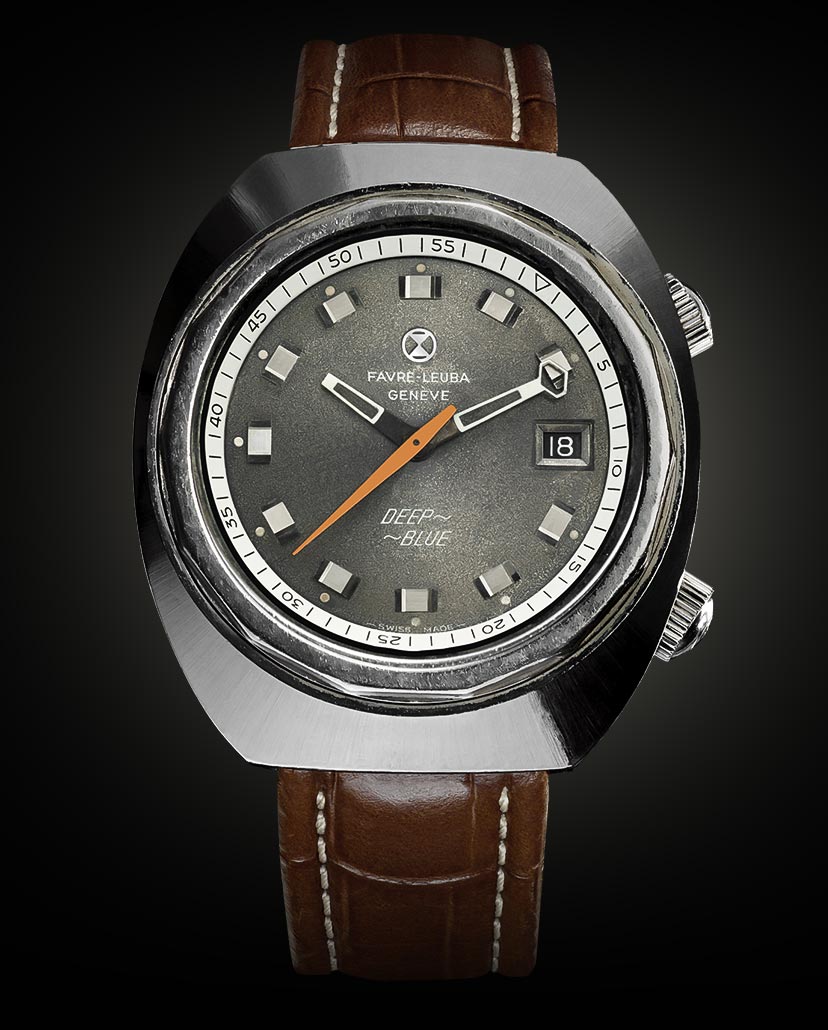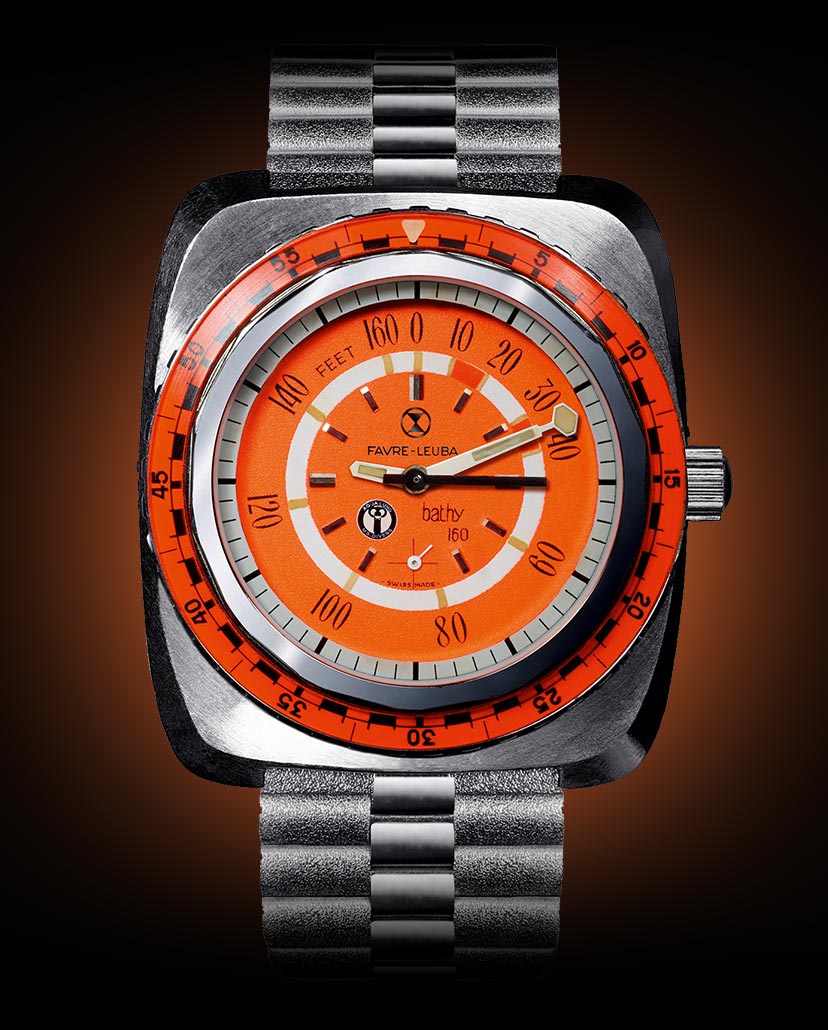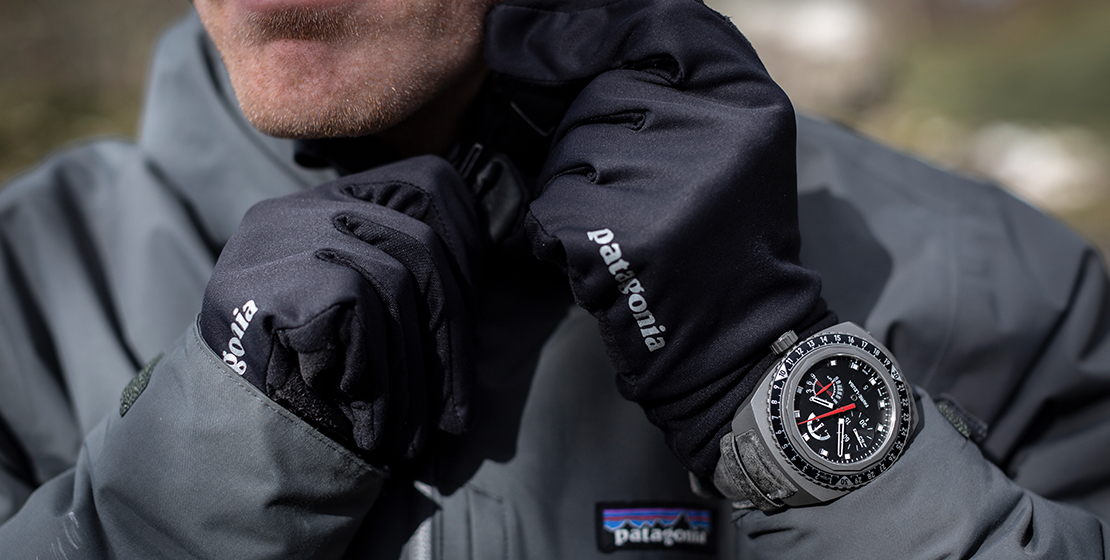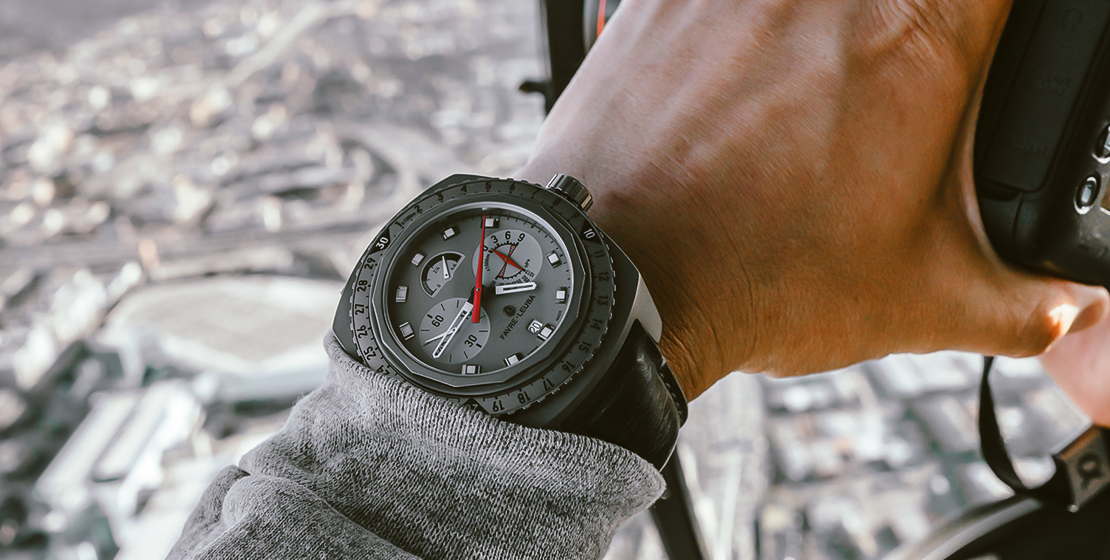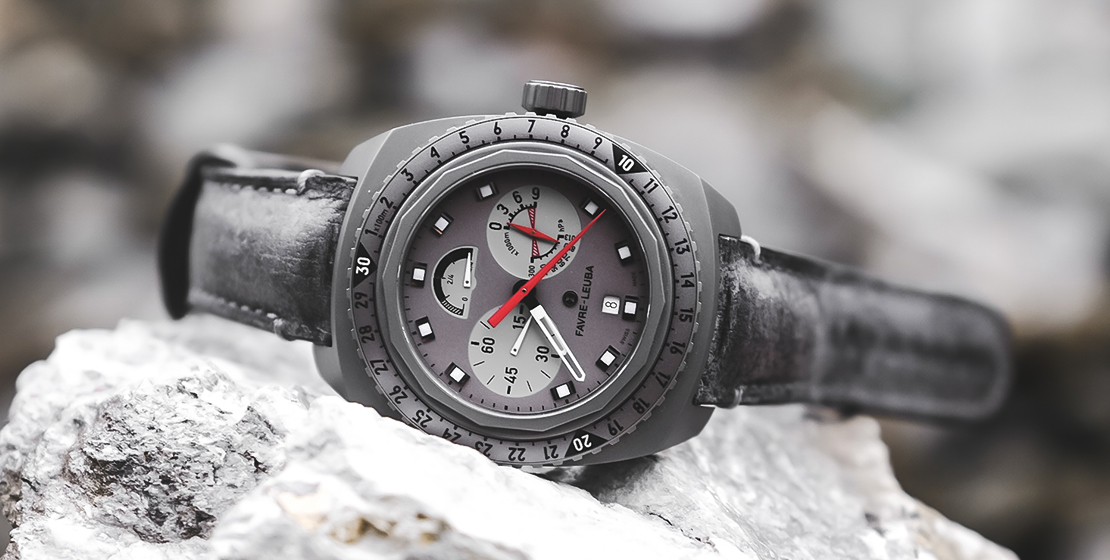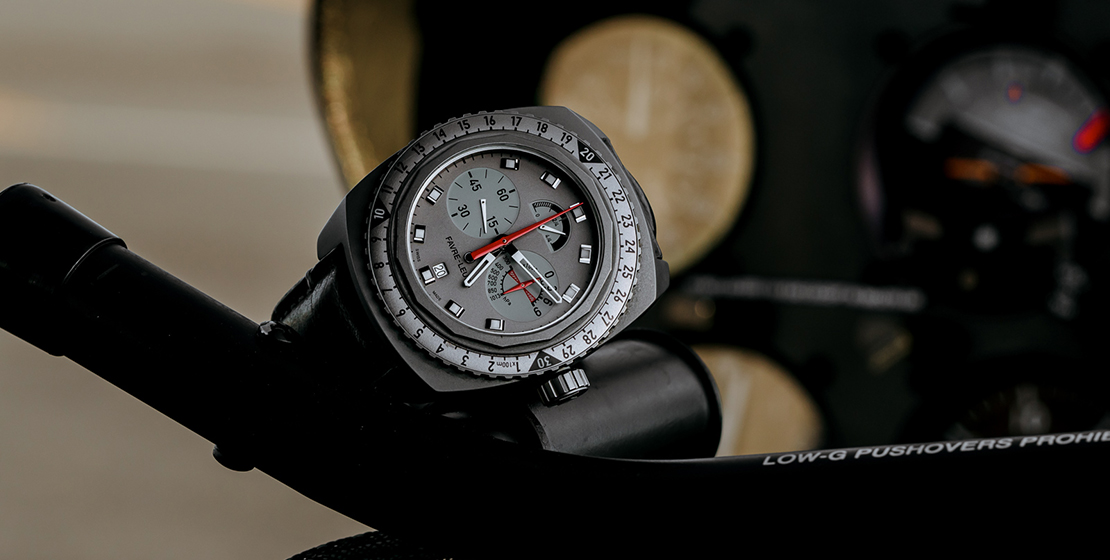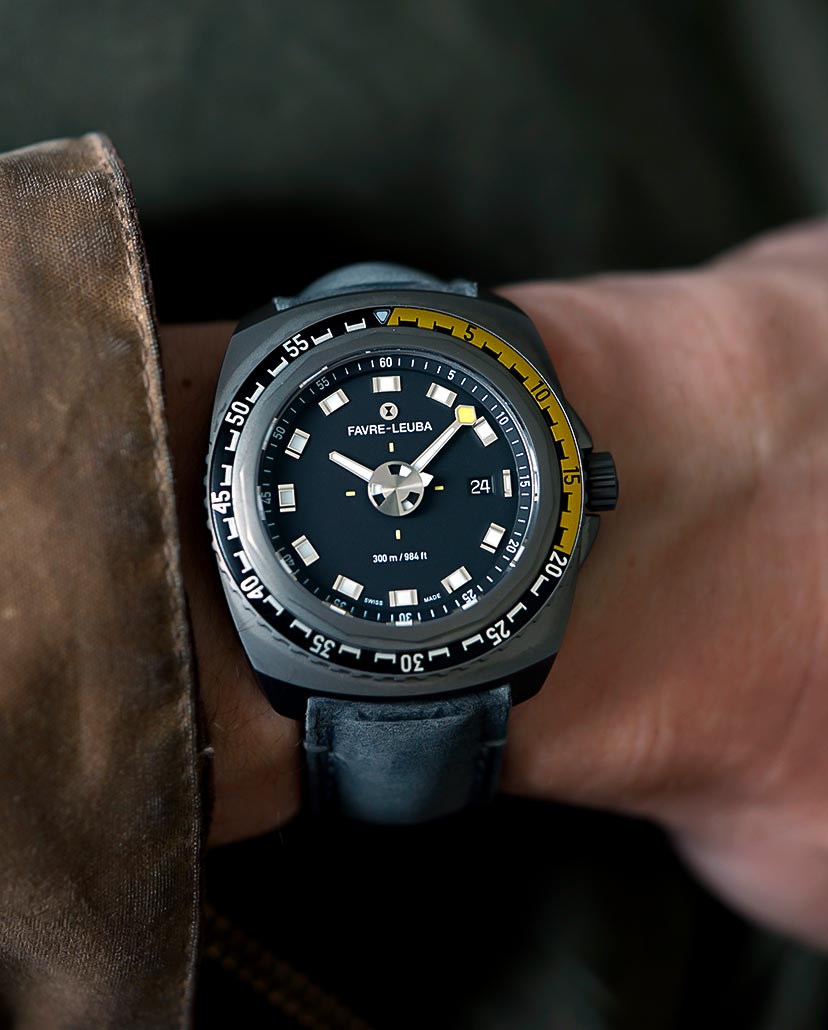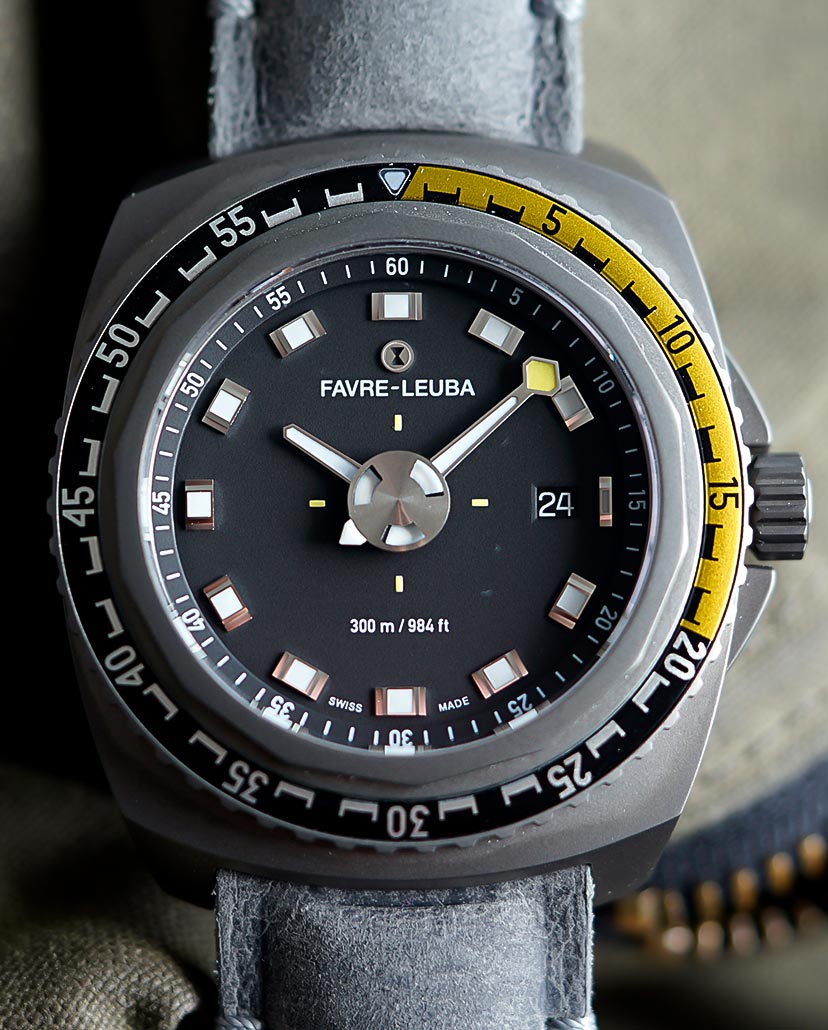FeatureAn Elongated Saga: Favre Leuba’s Legacy In Crafting Cushion Cases
Known for their sturdy timekeepers, Favre Leuba are synonymous with cushion-shaped watches, which dominate the major chunk of their offerings. The brand favours this shape due to its versatile and ergonomic design, which can be used for all types of models, and equipping them with various functions
May We Recommend
Traditionally, one has been conditioned to imagine a timepiece in a certain manner—for starters, a round case for sure, with a dial showcasing Arabic or Roman numerals, presented on a leather strap or a steel bracelet. This is definitely as basic as it gets and if one jogs their memory, most representations of wrist watches or alarm clocks have always featured round timekeepers. However, there is a universe beyond that and delving deeper into the world of fine watchmaking exposes one to the brilliance and importance of geometry in this age-old art. While round is an evergreen shape, one style that has been immensely popular since its introduction in the 1940s is the cushion shape—which was way ahead of its time. While credit goes to the Art Deco era of the 1920s for introducing square or rectangular shapes with sharp lines; these were mostly restricted to classical timepieces with a sophisticated vibe. An interesting figure, the cushion shape is a perfect mix between a round and a square/rectangle shape, without any sharp lines or edges and has a more elongated form where it seems that the circle is resting within the rectangle.
However, the shape ranges from a highly rotund square to a slimmer and more elongated profile with integrated lugs. The best part here is that it doesn’t fall flat because of the ample scope when it comes to depth and volume that can be packed in to the framework. Brands like Cartier and Patek Philippe were one of the earlier proponents of this case shape as they switched to creating dress watches in shapes other than the usual round eventually paving the way for even sports watches to adopt this case shape, which became a rage during the late ‘60s especially with diver’s watches gaining massive popularity. And one brand that took to this trend like a fish takes to water was Favre Leuba.
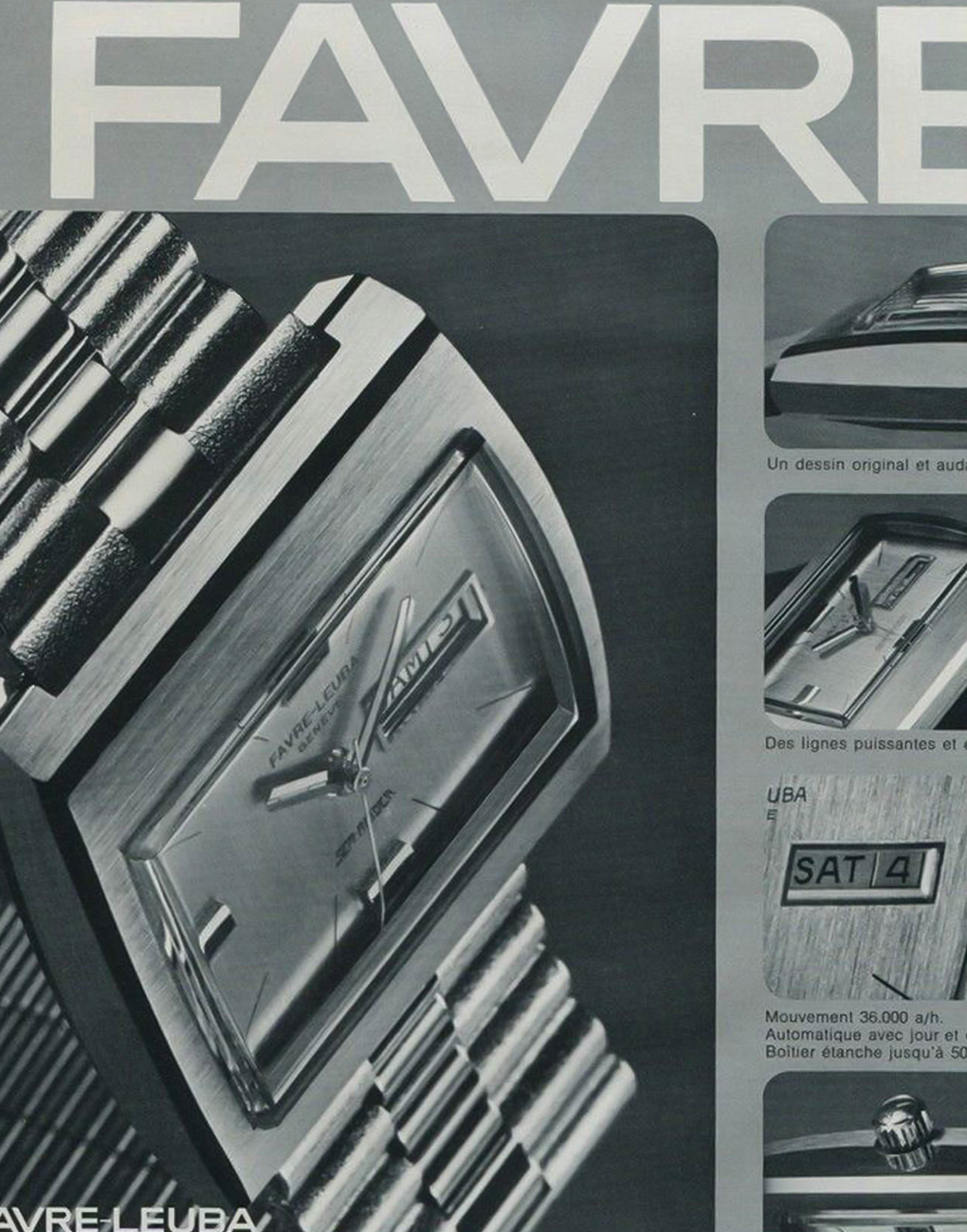
In 1960, they launched Water Deep—the very first dive watch introduced by the brand, which was received very well by watch enthusiasts and was their stepping stone for the success in this category. Marked by a distinct cushion case, this watch was presented on a leather strap but displayed a strong sports-watch aesthetic due to its robust architecture.
And three years later, they launched the Deep Blue—a robust timepiece waterproof up to 200m. However, the brand was not content with resting on their laurels and in 1968, they introduced Bathy—the world’s first mechanical wristwatch that not only displayed dive time but also current diving depth. This watch was slightly more rectangular and elongated but it was evident that the brand had found its identity in cushion-shaped cases, which probably helped them create sturdy watches that were meant for the outdoors and for exploration.
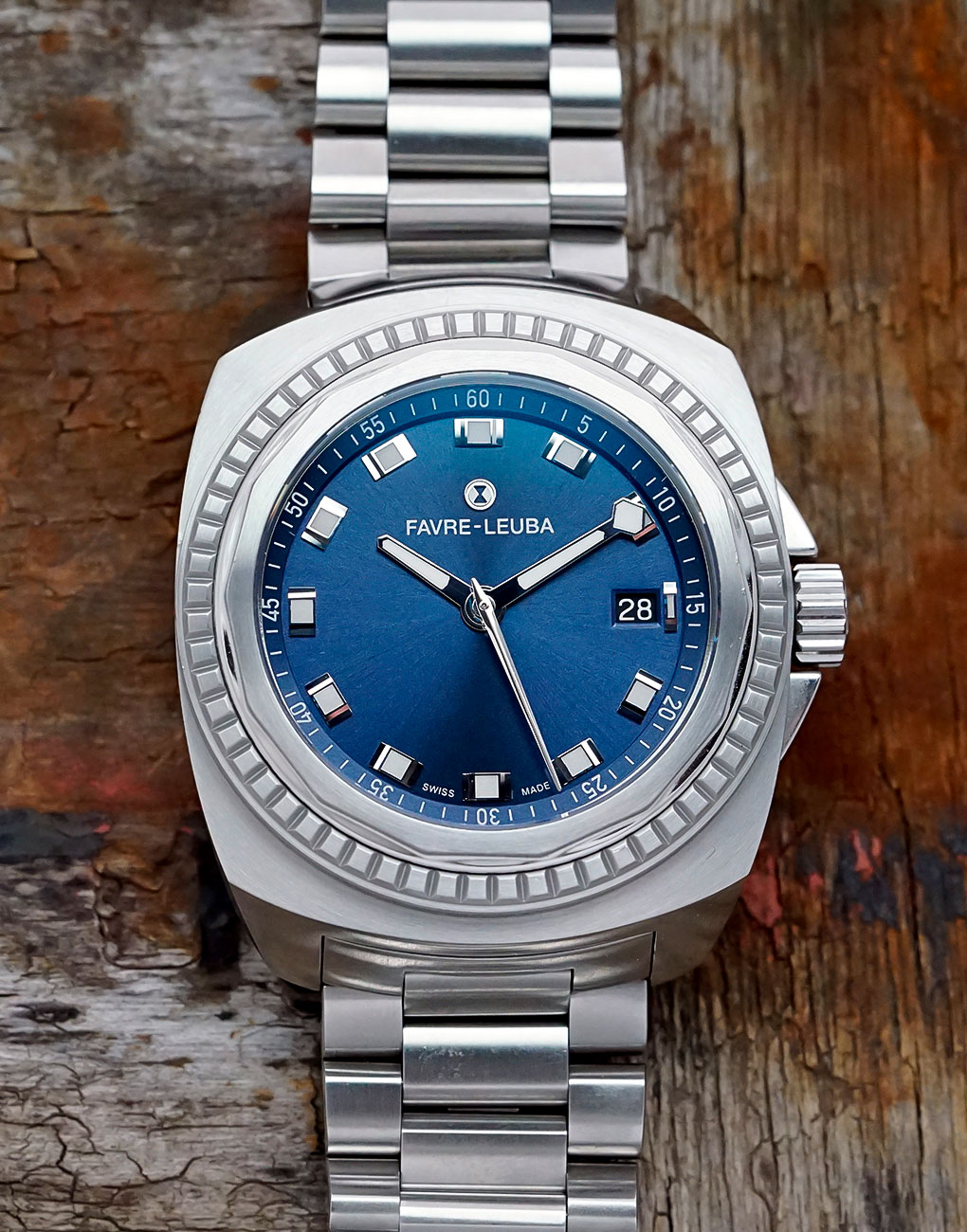
Elongated Cushion Shape—A Signature Style For The Brand
Favre Leuba stepped into the 1970s with several timepieces developed with the cushion-shape aesthetic, complementing the zeitgeist of that era. According to statistics, the cushion case was controlling a market share of almost about 25 percent in the early ‘70s, clearly spearheading an alternative movement to the traditional round case.

The watches from their stable included the Sea Raider—with day and calendar indication, driven by an automatic calibre FL1164 beating at 36,000vph, while the Memo Raider captivated horology enthusiasts with an automatic alarm mechanism. Then there were the Sea Sky and the Sea Sky GMT watches, which combined the functionality of a diver’s watch with that of a chronograph and a 24-hour hand. While the quartz crisis impacted production and the company changed ownership multiple times, it was 2014 onwards that saw a revival of the brand and finally set the tone of what the current Favre Leuba watches would look like—the elongated cushion shape being a staple and running through all the collections under the Raider family (Harpoon, Bivouac, Sea King etc) with a robust construction usually in stainless steel (which has always been a preferred choice for manufacturing a pillow-shape case) with generous proportions ranging between 41mm and 48mm.
And whether it’s in the case of their dive watches or the high-altitude watches, Favre Leuba prefer to keep solid casebacks, fully covered so as to maintain high waterproofness or to prevent any scope of dust entering the timepieces and tampering with the accuracy and precision.
Channelling both form and function, the timepieces from Favre Leuba’s Raider family stand out for their cushion-shaped case that offer ruggedness and a comfortable fit on the wrist. While these may be slightly elongated or wide, they certainly highlight the brand’s legacy in creating heavy-duty tool watches, which have been serving them well since time immemorial.


